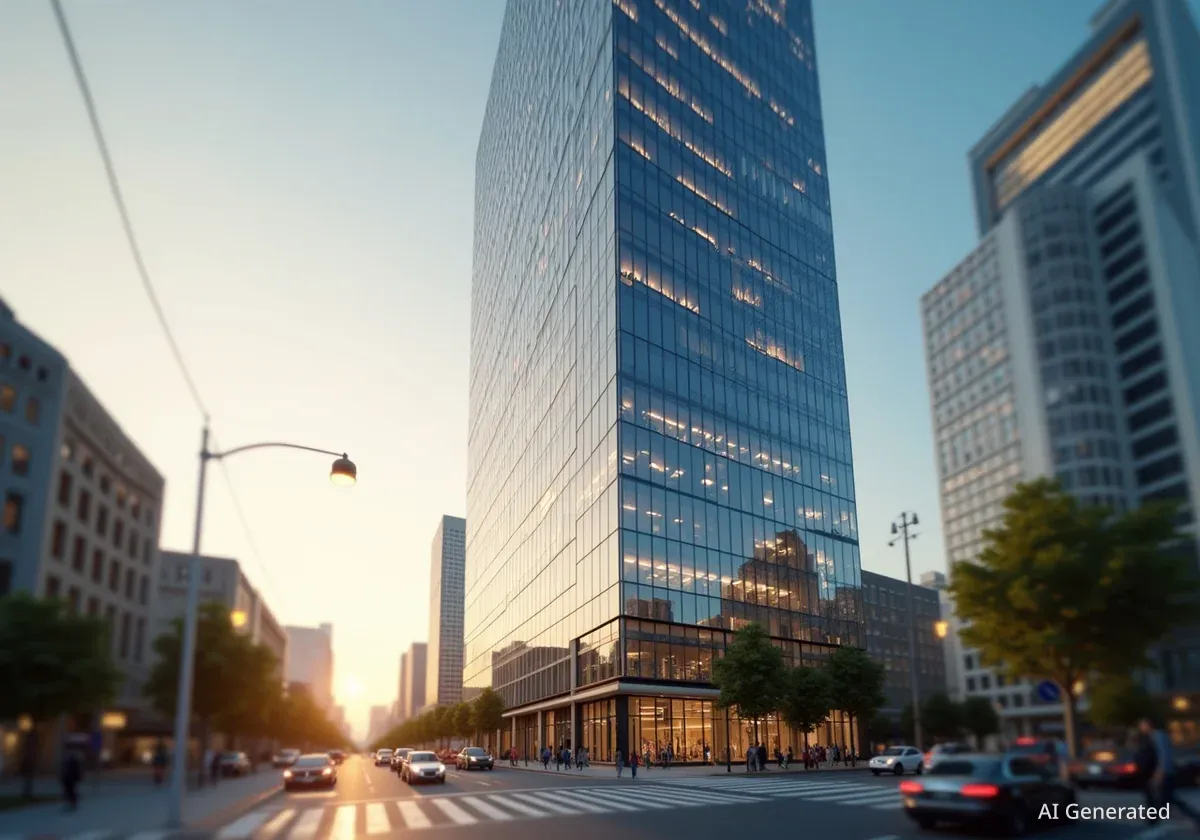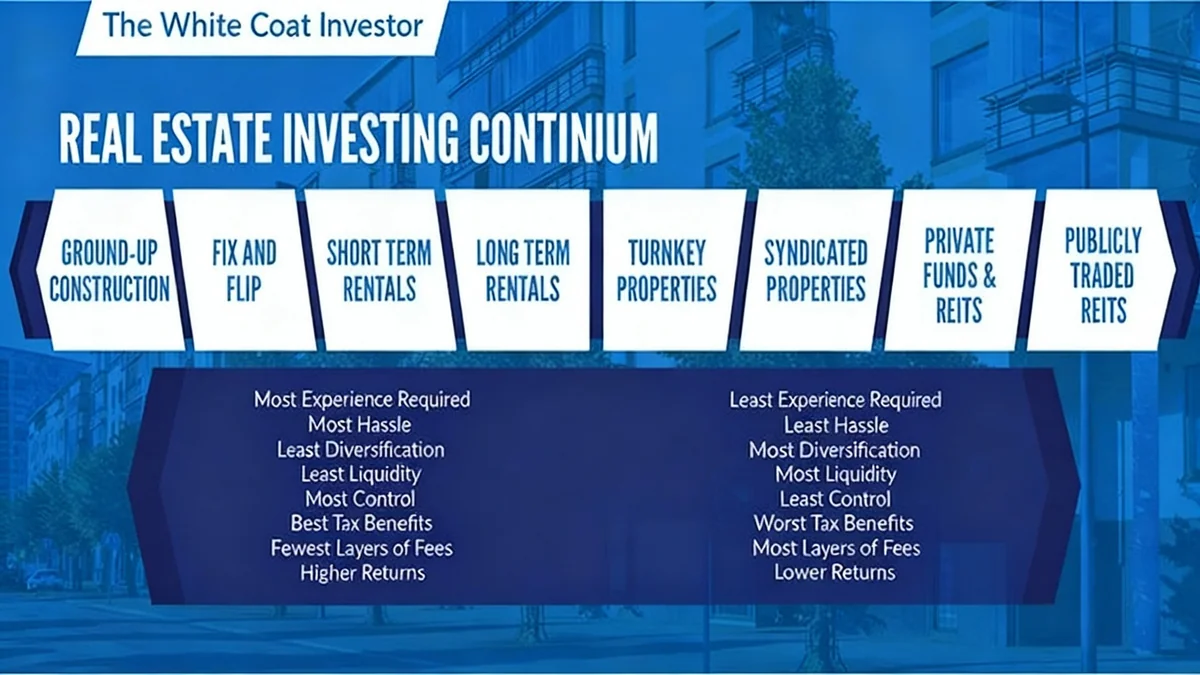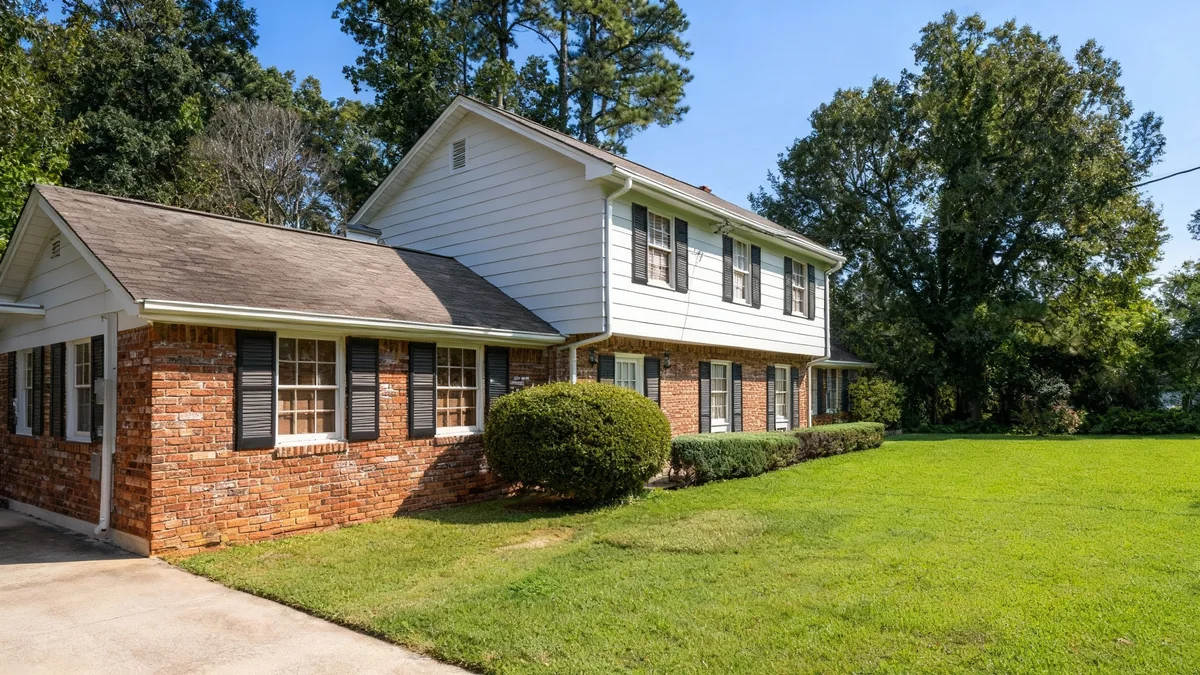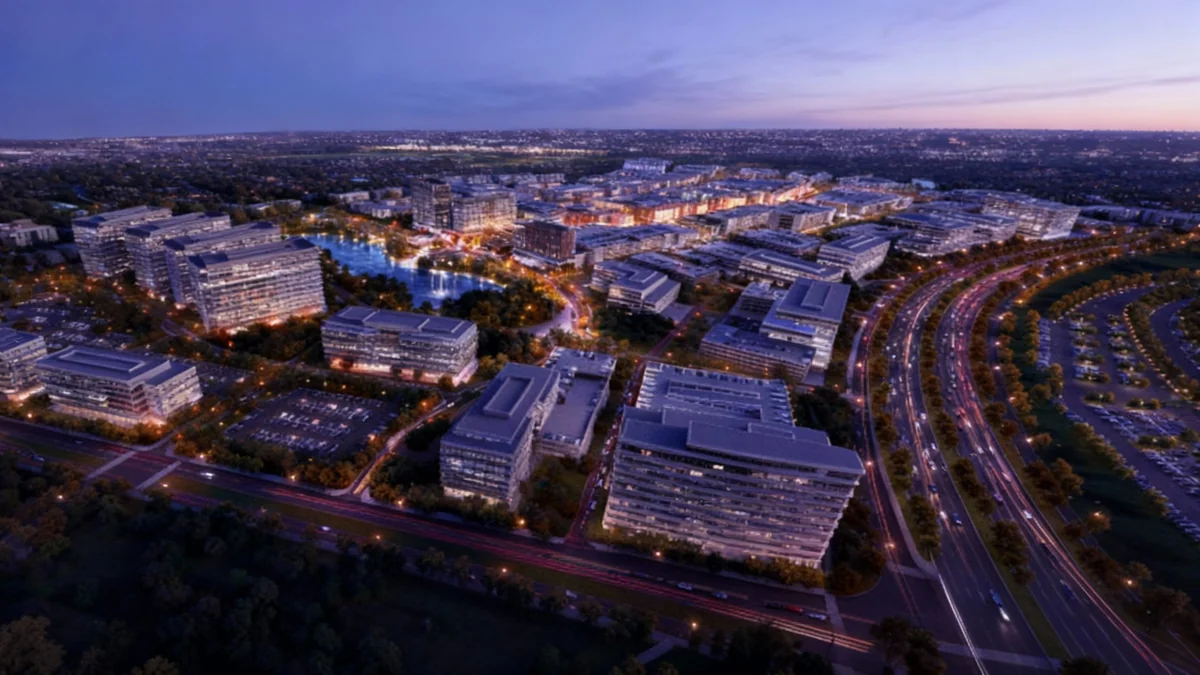In a significant test for San Francisco's commercial real estate market, the iconic 101 California Street office tower is now for sale. The 48-story skyscraper is being marketed with an asking price of approximately $1 billion, marking the first time a premier 'trophy' building has been listed in the city since the start of the pandemic.
The sale is being closely watched by investors as a key indicator of the current value of high-end office properties in a market that has faced significant challenges. The building's majority owner is Singapore's sovereign wealth fund, GIC, with Hines and the Hong Kong Monetary Authority also holding stakes.
Key Takeaways
- The 101 California Street tower in San Francisco is on the market for over $1 billion.
- This is the first major 'trophy' office building in the city to be listed for sale since 2020.
- The property's performance will serve as a benchmark for the value of elite commercial real estate in San Francisco.
- Trophy buildings have shown more resilience, with lower vacancy rates and higher rents compared to the broader market.
A Major Market Test
The listing of 101 California Street comes at a pivotal moment for San Francisco. The city's office market has been characterized by high vacancy rates and declining property values in recent years. However, its most prestigious buildings have largely been insulated from the downturn.
Real estate investment bank Eastdil Secured is handling the sale. According to market sources, the asking price is around $900 per square foot. This is slightly below its pre-2020 valuation, which was estimated to be north of $1,000 per square foot.
The last comparable transaction was the sale of the Transamerica Pyramid in 2020. That deal, negotiated before the pandemic, closed for a discounted price, reflecting the early uncertainty in the market.
Ownership and Strategy
The building is primarily owned by GIC, Singapore's sovereign wealth fund. The developer, Hines, maintains a minority stake of less than 10% and continues to manage the property. The Hong Kong Monetary Authority (HKMA) also holds an interest. Sources suggest the sale is intended to allow one of the major equity partners to exit while Hines could potentially remain involved with a new capital partner.
Industry experts are divided on the motivation behind the sale. Some view it as a strategic move to rebalance a portfolio, possibly driven by GIC's investment timelines. Others see it as a vote of confidence, suggesting the owners believe the market is strong enough to support a billion-dollar valuation.
State of the Trophy Market
San Francisco's elite office towers, often called 'crown jewels' or 'trophies,' occupy a distinct segment of the market. These buildings are prized for their prime locations, modern amenities, and prestigious tenant rosters. Tenants at 101 California include financial giants Goldman Sachs and Morgan Stanley, alongside tech firm Chime.
To maintain its competitive edge, the building recently underwent a $75 million renovation. The project updated the ground-floor plaza and lobbies, adding hospitality-focused amenities designed to attract and retain top-tier tenants.
Trophy Buildings vs. Overall Market
- Trophy Vacancy Rate: 16.1%
- Overall Market Vacancy Rate: 34.6%
- Trophy Average Rent: $115 per sq. ft. (up 7% from pre-pandemic)
- Overall Market Rent: Down approximately 22% from pre-pandemic
These figures, reported by real estate firm CBRE, highlight the significant performance gap between premium properties and the rest of the city's office inventory. Even with a slight dip in occupancy, 101 California Street reportedly maintains an 88% occupancy rate, outperforming the trophy building average.
Investor Sentiment and Future Outlook
The outcome of the 101 California sale will provide much-needed clarity on property values at the top end of the market. A successful transaction at or near the asking price would signal a return of institutional investor confidence in San Francisco, a city many had avoided in recent years.
"It will be an interesting reset example for the city. While we now have greater clarity about where the market is at, what we don’t know is the value of these trophy buildings," said Alexander Quinn, director of research for real estate firm JLL.
Quinn also noted a growing disparity in rental prices within these buildings. The gap between rents for upper and lower floors has widened since 2020, a trend that has altered the economic calculations for landlords and investors.
If the building does not achieve its desired price, the owners may choose not to sell. This was the case with the 555 California Street complex, where the majority owner indicated a willingness to sell only if market conditions were favorable.
A Bellwether Transaction
Regardless of the sellers' specific motives, the listing is a significant event. The 1.2 million-square-foot tower, with its distinctive cylindrical design, is one of the most recognizable structures on the San Francisco skyline. Its sale would be the largest office transaction in the city in years.
The potential deal is seen as a sign that large institutional investors, who had previously put a hold on San Francisco, are now re-engaging. A year ago, a transaction of this scale would have been unlikely. Today, some market participants believe that major funds are back in the market for high-quality assets.
The sale of 101 California will not only set a new price benchmark but also shape the narrative around San Francisco's economic recovery. A strong sale could encourage other owners of premium properties to test the market and could spur further investment in the city's downtown core.





